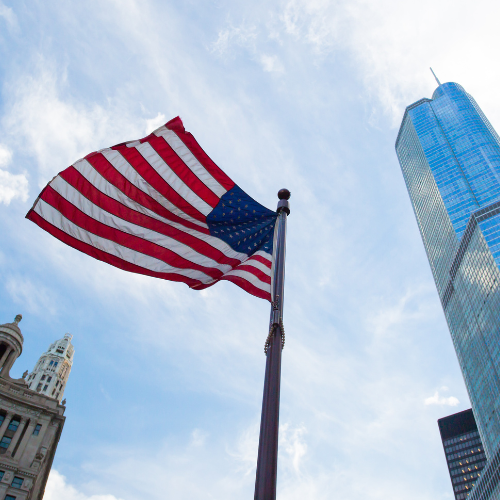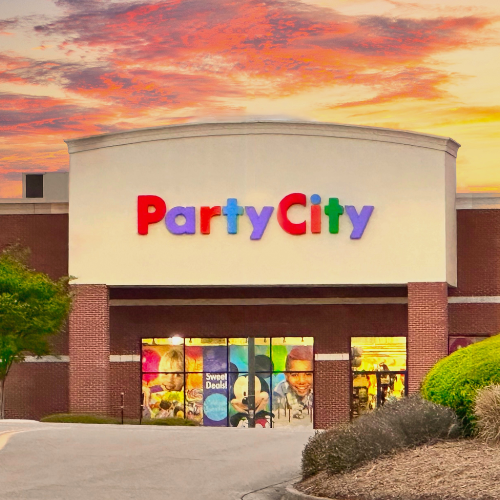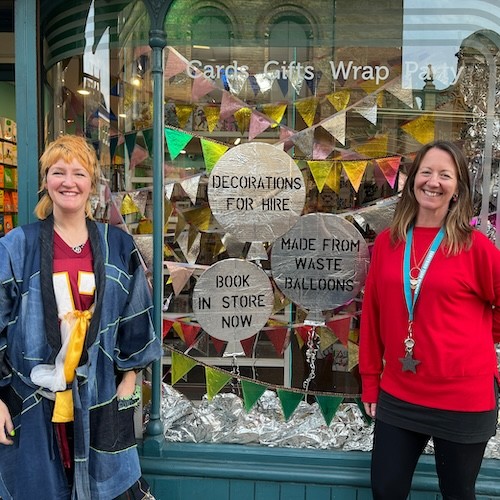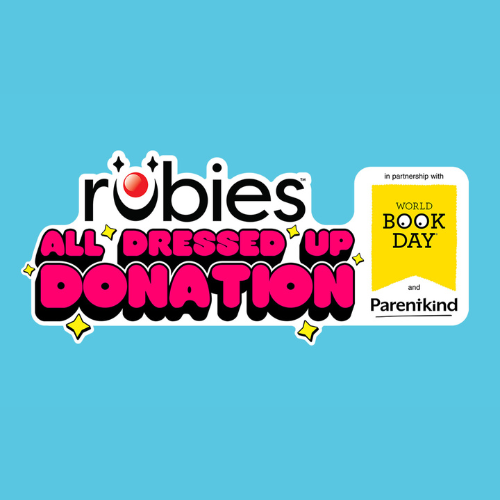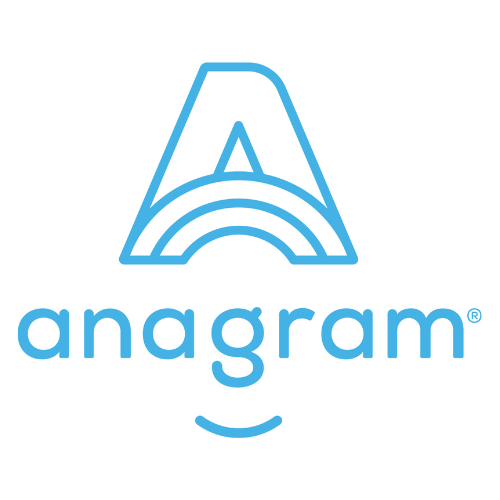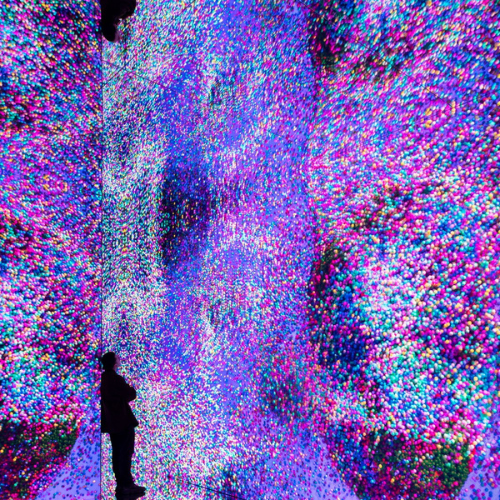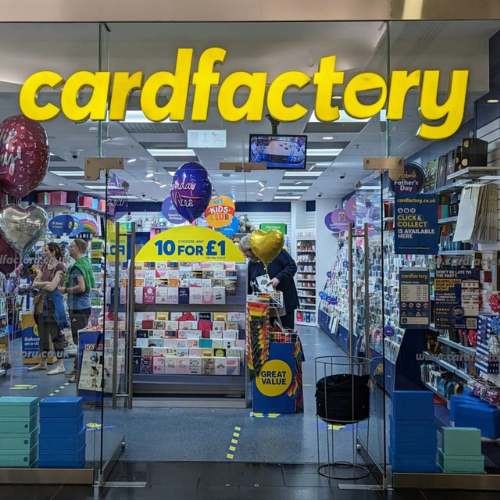Brazil carnival revellers are being warned that glitter is not good for the planet as Rio’s annual street celebration features copious amounts of the sparkling microplastics.
Multicoloured glitter has been having something of a moment in recent months, with glittery face paint, make-up and other party accessories being seen across the board, at everything from high-fashion photo shoots to everyday children’s parties.
But now the widely-reported worries over glitter’s damaging environmental impact are dampening the mood as concern grows about the impact the plastic may have on the environment.
Concern is growing about the impact the tiny pieces of plastic – called microplastics – could have. Last year the UK’s Tops Days Nurseries Group banned glitter entirely, while some scientists have called for it to be banned.
While “there is currently no evidence specifically on glitter being bad for the environment”, according to Alice Horton, a research associate at the UK’s Centre for Ecology and Hydrology, “it is likely that studies on glitter would show similar results to those on other microplastics.”
New ‘sustainable glitter’ products such as Glitra (made of eucalyptus cellulose, wax and natural oils) are finding favour with environmentally-conscious carnival-goers, although they are significantly more expensive.
“At the moment there is a lot of speculation on glitters but the European and FDA regulations which we manufacture our make-up to has not changed,” says Lee Dobinson, managing director at PaintGlow. “We as a company are going to be launching a new range of bio-degradable glitter range in April this year so that the consumer can decide which range they want to buy ready for the festival season ahead.”











